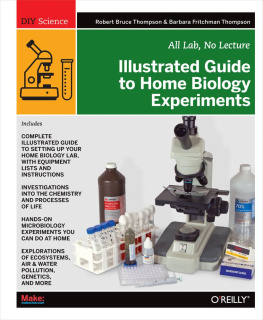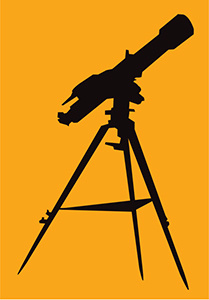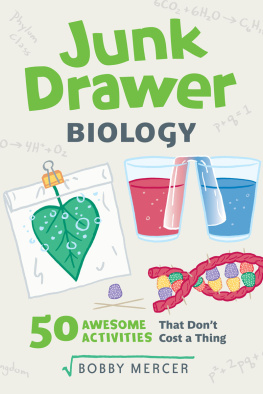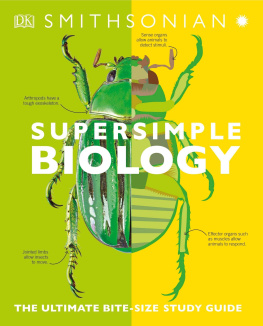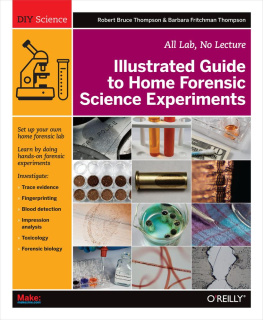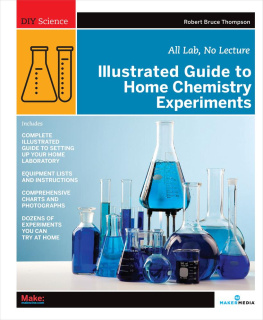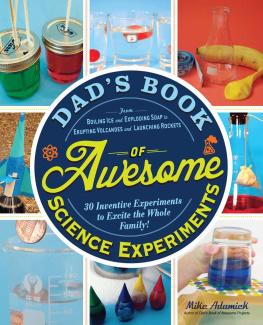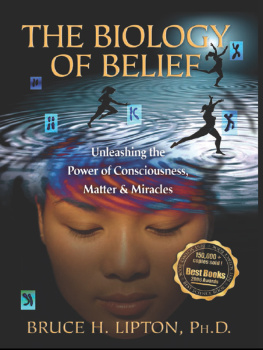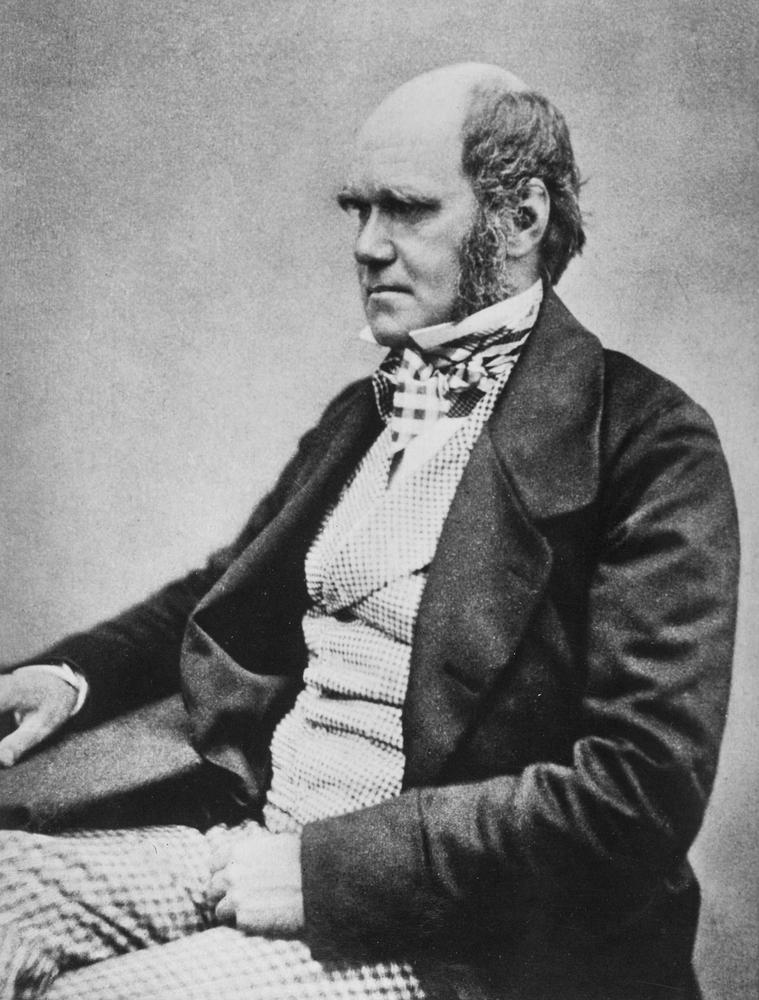Robert Bruce Thompson - Illustrated Guide to Home Biology Experiments
Here you can read online Robert Bruce Thompson - Illustrated Guide to Home Biology Experiments full text of the book (entire story) in english for free. Download pdf and epub, get meaning, cover and reviews about this ebook. year: 2012, publisher: Maker Media, Inc, genre: Home and family. Description of the work, (preface) as well as reviews are available. Best literature library LitArk.com created for fans of good reading and offers a wide selection of genres:
Romance novel
Science fiction
Adventure
Detective
Science
History
Home and family
Prose
Art
Politics
Computer
Non-fiction
Religion
Business
Children
Humor
Choose a favorite category and find really read worthwhile books. Enjoy immersion in the world of imagination, feel the emotions of the characters or learn something new for yourself, make an fascinating discovery.
- Book:Illustrated Guide to Home Biology Experiments
- Author:
- Publisher:Maker Media, Inc
- Genre:
- Year:2012
- Rating:5 / 5
- Favourites:Add to favourites
- Your mark:
Illustrated Guide to Home Biology Experiments: summary, description and annotation
We offer to read an annotation, description, summary or preface (depends on what the author of the book "Illustrated Guide to Home Biology Experiments" wrote himself). If you haven't found the necessary information about the book — write in the comments, we will try to find it.
Experience the magic of biology in your own home lab. This hands-on introduction includes more than 30 educational (and fun) experiments that help you explore this fascinating field on your own. Perfect for middle- and high-school students and DIY enthusiasts, this full-color guide teaches you the basics of biology lab work and shows you how to set up a safe lab at home.
The Illustrated Guide to Home Biology Experiments is also written with the needs of homeschoolers firmly in mind, as well as adults who are eager to explore the science of nature as a life-long hobby. To get the most from the experiments, we recommend using this guide in conjunction with a standard biology text, such as the freely downloadable CK-12 Biology (ck-12.org).
- Build and observe microcosms, soda-bottle worlds of pond life
- Investigate the chemistry of life from simple acids, bases, and buffers to complex...
Robert Bruce Thompson: author's other books
Who wrote Illustrated Guide to Home Biology Experiments? Find out the surname, the name of the author of the book and a list of all author's works by series.

